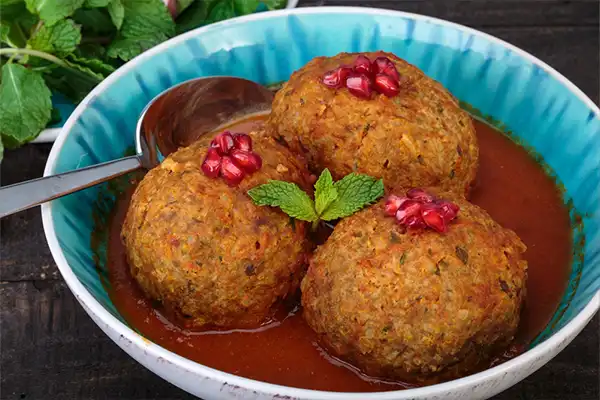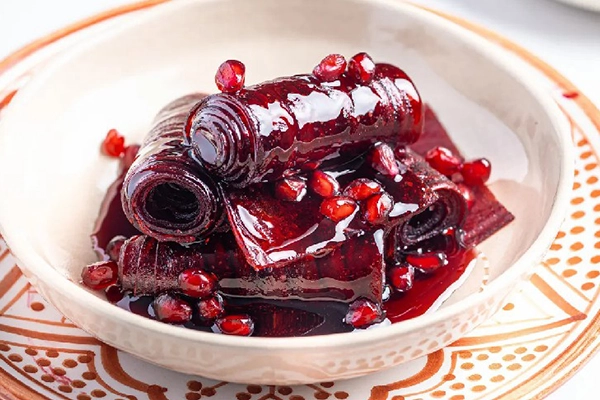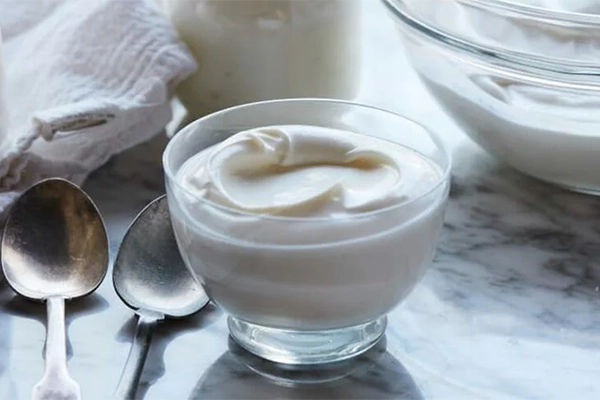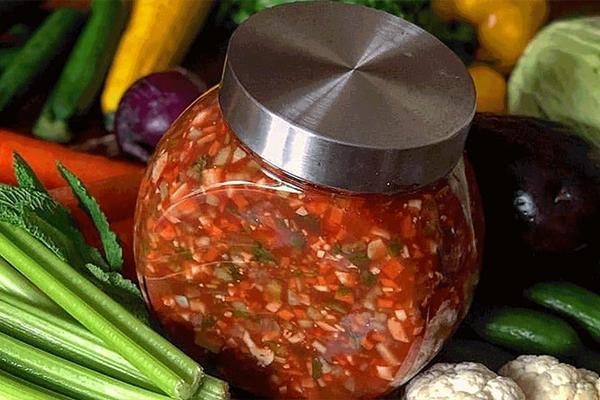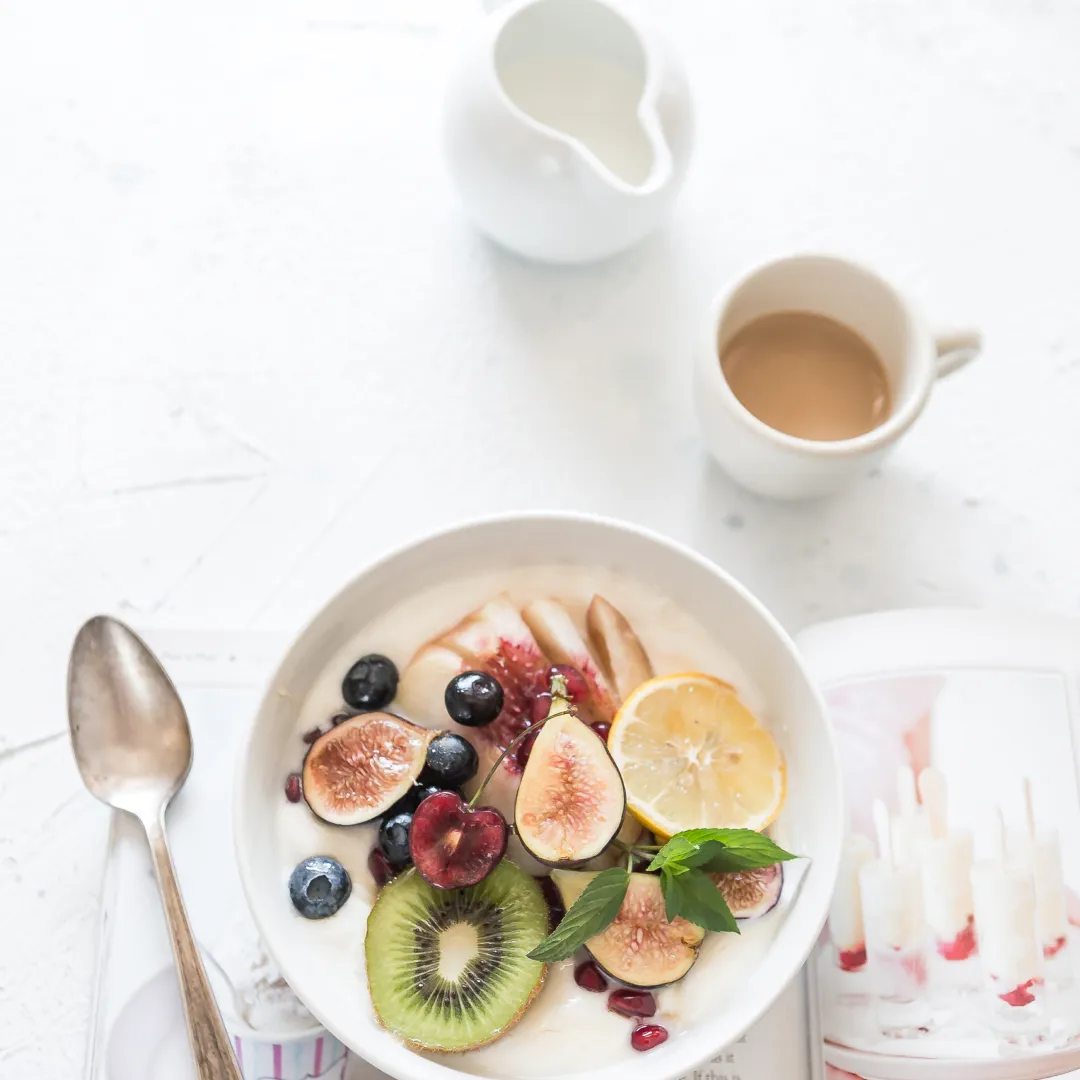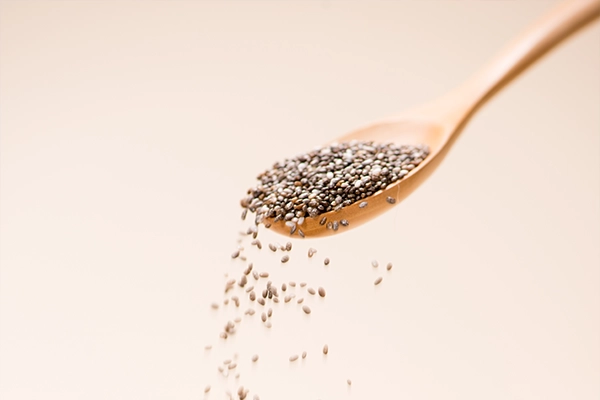Iranian cuisine has a rich and ancient tradition rooted in Iran’s deep history and culture. This style of cooking has its own specific principles and rules that must be followed to prepare delicious and balanced dishes. Here we discuss some of the Basics of Iranian cuisine:
Kitchen Appliances for Iranian cuisine
Having the proper equipment is one of the Basics of Iranian cuisine. Allow me to list some of the most important items for you:
1. Different pots: You need pots of different sizes to cook all kinds of stews, soups, and stews. Cast iron or stainless-steel pots are the Basics of Iranian food.
2. Rice cooker: A rice cooker with a heavy lid is essential for cooking all kinds of Iranian rice dishes.
3. Different pans: You need different sized pans for roasting, frying, and grilling. Cast iron or stainless-steel pans are good options.
4. Kitchen knives: A kitchen knife set includes a kitchen knife, a chopping knife, and a bread knife for preparing ingredients.
5. Kitchen scale: For precise measurement of ingredients, you need a digital or mechanical scale.
6. Various spoons and spatulas: You need different spoons and spatulas for stirring, flipping, and serving dishes.
7. Traditional cooking vessels: Some Iranian dishes are cooked in traditional vessels such as clay pots, tandoor ovens, or samovars, which can help you cook authentic dishes.
8. Graters and colanders: You need suitable graters and colanders for preparing vegetables and draining rice and legumes.
Having these utensils and equipment in your kitchen can make cooking various Iranian dishes easier for you and provide the Basics of Iranian cuisine.
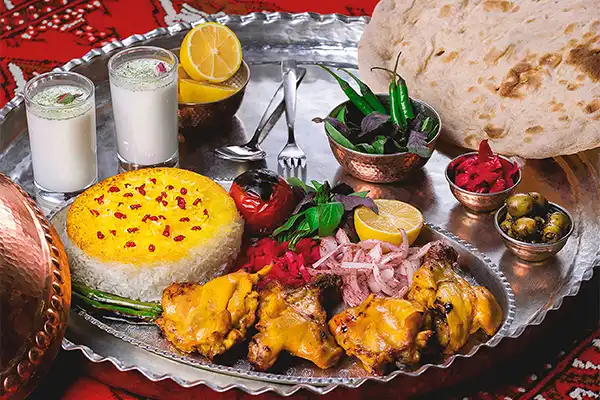
Choosing ingredients for Iranian cuisine
1. Using fresh and tasty spices: Fresh and tasty spices such as turmeric, ginger, black pepper, cinnamon, etc. have a key role in the taste of Iranian cuisine. Using these spices can make the taste of food richer, and it is the Basics of Iranian cuisine.
2. Relying on fresh vegetables: Fresh vegetables such as tomatoes, onions, garlic, parsley, coriander, etc. are the main components of Iranian cooking. Using these vegetables, in addition to increasing taste, also enhances its nutritional value and is the Basics of Iranian cuisine.
3. Using all kinds of legumes: Beans such as beans, chickpeas, lentils, etc. are important herbal proteins in Iranian cooking and are involved in baking all kinds of stews and ash.
4. Relying on traditional cooking methods: Iranian cooking uses traditional cooking methods such as barbecue, cooking and soup, each with its own process and techniques.
5. Pay attention to the balance of flavors: Iranian cooking emphasizes the balance of sour, sweet, spicy and salty flavors. This balance of flavors makes foods a pleasant and harmonic taste.
Following these Basics of Iranian cuisine can assist you in preparing delicious and healthy Iranian dishes. Of course, Iranian cuisine has more subtleties and techniques that you can learn through experience and practice.
Most important Basics of Iranian food
1. Frying: One of the basic principles of Basics of Iranian cuisine is to saute raw materials such as onions, garlic and spices in oil or animal fat. This will make the flavors open better.
2. Rice Cooking: Polo (Persian rice) is one of the authentic and popular Iranian dishes. For cooking polo, a two-stage cooking method is usually used, where the rice is first boiled and then steamed to make it tender.
3. Stew Cooking: Khoreshts (stews) are one of the main dishes in Iranian cuisine. For cooking khoreshts, legumes, vegetables, and meat are typically used, and the flavors are balanced with specific spices.
4. Ash (Thick Soup) Cooking: Ash dishes are also traditional Iranian foods made with various ingredients such as legumes, vegetables, meat, and specific spices.
5. Balancing Flavors: One of the important principles in Iranian cuisine is the balance of sour, sweet, spicy, and salty flavors. This balance of flavors makes the dishes harmonious and enjoyable.
6. Use of Fresh and Flavorful Spices: Spices such as turmeric, ginger, black pepper, cinnamon, etc., play a key role in flavoring Iranian dishes.
7. Emphasis on Fresh Vegetables and Legumes: Fresh vegetables and legumes are essential components of Iranian cuisine and are used in various dishes.
Following these techniques in the Basics of Iranian cuisine can help you cook authentic and delicious Iranian dishes. However, Iranian cuisine has more subtleties and details that you can learn through experience and practice.
Time and Temperature in Persian cuisine
Time and temperature are crucial factors in cooking Iranian dishes and achieving the desired flavor and texture according to the basics of Persian cuisine. Allow me to provide further explanation on this matter.
1. Rice Cooking: In cooking various types of polo (rice dishes), the appropriate time and temperature for cooking rice are very important. Usually, rice is first boiled in boiling water and then steamed to make it tender. This two-stage method ensures that the rice grains are firm and separate from each other.
2. Stew Cooking: In cooking khoreshts (stews), ingredients are typically cooked at a low temperature and over an extended period to allow the flavors to blend well and the ingredients to become tender. For example, Ghormeh Sabzi (herb stew) is cooked for around 2 hours.
3. Kebab Grilling: For grilling kebabs, high temperature and short cooking time are required to sear the meat on the outside while keeping it tender and juicy inside. The suitable temperature for grilling kebabs is typically between 250-300°C.
4. Ash (Thick Soup) Cooking: In cooking various ash dishes, ingredients are usually cooked at a low temperature and over an extended period to allow the flavors to fully blend and the ingredients to become tender. For example, Ash-e Reshteh (noodle soup) is cooked for around 3 hours, which is one of the Basics of Iranian cuisine.
5. Frying: For frying ingredients such as potatoes or chicken, high oil temperature is required to ensure the ingredients fry quickly and cook through.
As you can see, the appropriate cooking time and temperature varies depending on the type of dish and cooking method. Adhering to these two important factors can help you prepare high-quality Iranian dishes, and is considered one of the Basics of Iranian cuisine.

Oils in Persian cuisine
Oils are considered fundamental and essential ingredients in the Basics of Iranian cuisine. Choosing the right type of oil can greatly impact the flavor, texture, and overall quality of the dish. In Iranian cooking, various types of vegetable oils are used, each with its own unique properties and applications.
Olive oil is one of the most widely used oils in Basics of Iranian cuisine principles. This oil has a pleasant herbal flavor and aroma, and is used for sautéing, frying, and cooking various dishes such as stews, soups, and rice dishes. Extra virgin olive oil, due to its antioxidant properties and high nutritional value, is also used for daily consumption and for making salads and dips.
Sunflower oil is another commonly used oil in Basics of Iranian cuisine principles. This oil has a neutral flavor and a high smoke point, making it suitable for frying at high temperatures. Sunflower oil is also used for making various pickles, savory dishes, and sweets. Sesame oil, with its unique flavor and aroma, is used in Iranian cuisine for flavoring dishes such as kookoos (herb frittatas), savory dishes, and soups. This oil is also used for preparing various traditional sweets such as nan berenji (rice cookies) and baklava. Walnut oil and almond oil are other vegetable oils used in Basics of Iranian cuisine principles for flavoring dishes as well as preparing various desserts and sweets.
These oils have a rich and distinct flavor and aroma that impart a unique taste to the dishes Choosing the appropriate type of oil based on the dish, cooking method, and desired flavor is crucial. Iranian chefs typically use a combination of several types of oils to achieve the desired flavor and texture. It’s important to pay attention to the amount of oil used and the appropriate cooking temperature to fully benefit from the nutritional properties and flavors of the oils, as this is one of the essential elements Basics of Iranian cuisine principles.
Conclusion
In a useful summary, it can be said that creativity and adaptability are two key elements in the Basics of iranian cuisine . These two characteristics have enabled Iranian cooking to remain dynamic, diverse, and appealing while preserving its rich traditions and traditional methods If you are looking to purchase high-quality Iranian products, Faraz Hypermarket in Kuwait can be a suitable option for you. This store offers a variety of high-quality Iranian products in Kuwait.
